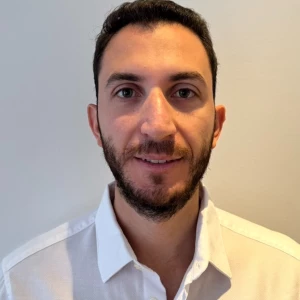Hi Community,
I have a second round interview at a big 4 in London to join the M&A Advisory - OPS & IT group. This is for an experienced hire (I have 15 years working experience) and been asked to focus on Private Equity in the context of M&A... any pointers would be greatly appreciated.
Thanks












